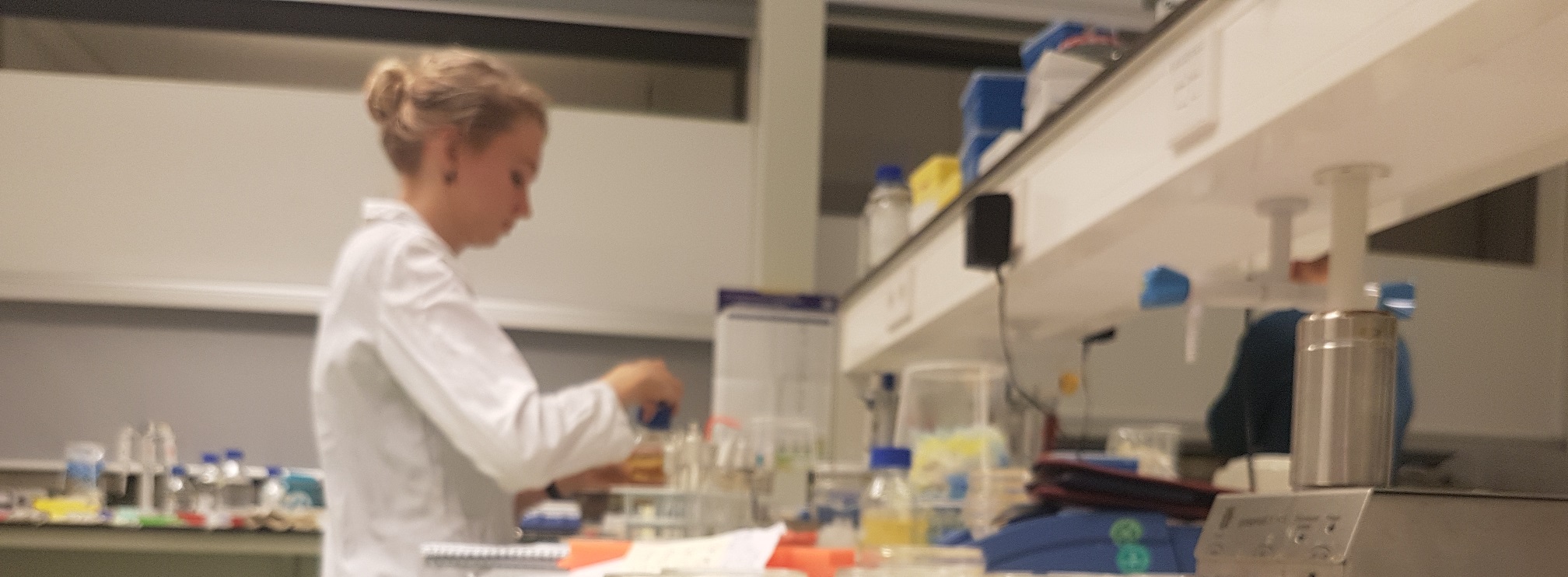Applied Design
IMPACT Cartridge
Overview
We wanted our product to be used on the factory work floor, to that end we designed a cartridge that could be used easily and safely. Legislatively, this is still a problem as any GMO that is used needs a special GMO permit throughout European countries. In most cases, food industry companies we contacted are opposed to acquiring such permits for factories as the public image of GMO's is often considered dangerous, especially in the food industry.
The cartridge we designed is made to be very cheap to produce (just injection moulded plastics and bacteria), and very easy to use. It does not require any additional expensive lab equipment nor would the person using it need much training. This has clear advantages compared to more demanding methods such as PCR analysis which needs a well-stocked lab with highly trained personnel.
Operation
The instructions are essentially printed on the cartridge itself, you simply turn the 3-way valve 45° for every step. The syringe is preloaded with a hydrogen peroxide solution (30%), and does not have to be loaded by the consumer.
- Step 1: Put a syringe with the sample you wish to measure in the top (between 10-40ml).
- Step 2: Turn the valve to Sample and empty the syringe.
- Step 3: Turn the valve to Close and pull out the empty syringe.
- Step 4: Now the bacteria will be resuspended in media and start to grow. In this step you put the cartridge as a whole into an incubator and monitor it. After a set amount of time you can look through the window to see if phages have been detected.
- Step 5: After you are done measuring you can dispose of the bacteria by putting the valve to Kill and squeezing the syringe.
- Step 6: The syringe should now be empty and the valve can be set to safe.

Cartridge Design
We started out with a 2D blueprint for a box with slides that could be opened from the outside by the operator. In this, the bacteria would be delivered as a freeze-dried powder in the reaction chamber. To get the bacteria to grow, a growth medium would first have to be added to the milk sample, and the whole box would go inside an incubator. Afterwards, the whole cartridge would be autoclaved or incinerated. It was decided that the slides idea would be too hard to make waterproof, plus any leakage would be to the outside.


We redesigned it to have as few components penetrating the cartridge as possible, to make it as safe as it can be. Furthermore, we made it a lot safer already by putting the bacteria inside a semipermeable plastic, so even if anything leaked the bacteria would not be able to get out. This new plan was worked out in 3D and a prototype was printed using our extruder 3D printer. The problem with this design was immediately obvious as the fidelity of the racks and pinions (gears) was too low to work right. Plus we had doubts concerning the slides going sideways instead of smoothly to either side (the rollers would try to prevent this).

Making it watertight seemed daunting at this point. We had another insight that we did not need to add growth media separately, being L. lactis they should already grow in a milk sample. To make them grow we would simply add freeze dried nutrients to the bacteria package, that way you would only need to add water (taken from the milk sample). A previous Groningen team (2012) has done something similar with a semipermeable package. We simplified the design by removing all the gears and went back to the sliders for a moment. In this new design, we would not need a growth medium compartment but would add a compartment with a hydrogen peroxide solution instead. This solution would be added to the milk sample after the measurement was completed to neutralize the bacteria and ensure safety without requiring a sterilization instrument. We got inspired by ARSOlux, we became aware of them and their project in our Skype call with Wouter Ghering. It sort of worked after printing and assembling, but it was very hard to keep it watertight at the sliders, and it was not as user-friendly as you want it to be. Clearly, we needed something more reliable.

Finally, we came up with using a simple intravenous (IV) three-way valve. These are clearly built to a high-quality standard, as well as extremely cheap. They have almost exactly the functionality of the earlier gear system but build into one part. Gluing it in required a special glue for polypropylene, but the whole thing works well. For demonstration purposes, we added a small hole to let out the fluid in the reaction reservoir and added a larger transparent back pane (clear PMMA). This was to be our final design.


Semipermeable Plastic
There are various semipermeable plastics. They work the same as semipermeable membranes in that they allow the passage of a certain size of particles. For our purposes, we require a plastic with pores of around 100nm. That way they allow water molecules to pass as well as phage particles while retaining the bacteria. The most obvious plastics are Low-density polyethylene or cellophane, both are in use as semipermeable plastics in other applications (dialysis membranes for example).
The rest of the casing would be made out of injection moulding polypropylene, which is the plastic normally used for lab and medical equipment. This plastic has a low surface energy and as such, it is hydrophobic and lipophobic, for cleaner operation. The three-way valve and syringe are both (medical grade) polypropylene, which is chemically durable and cheap.











